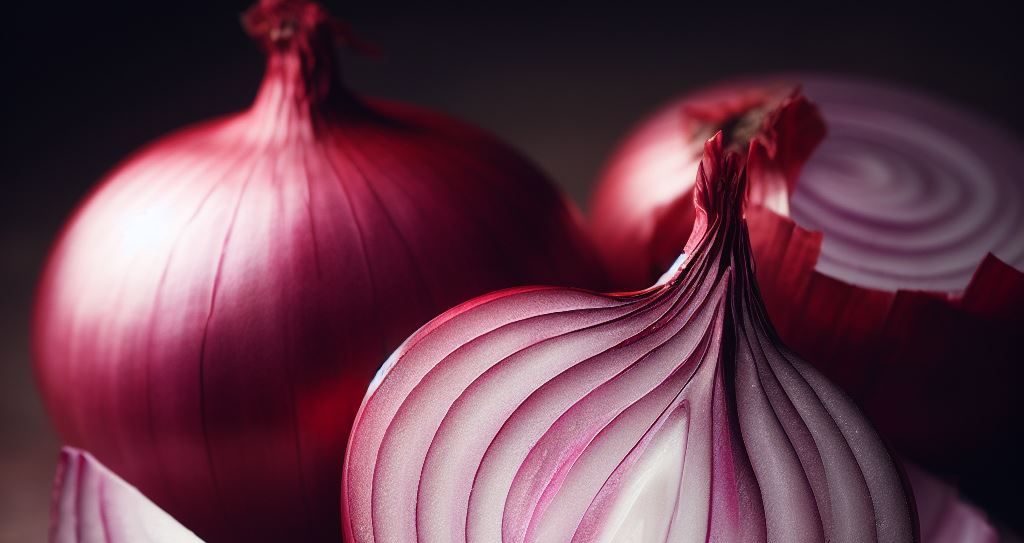Summary The British colonial rule lasted for over 200 years. During this time, the British extracted vast amounts of wealth from India, while leaving the country’s economy in shambles. The de-industrialization of India, the impoverishment of the peasantry, policy induced famines and the death + displacement of millions of people are all legacies of […]
How the British Ravaged India

